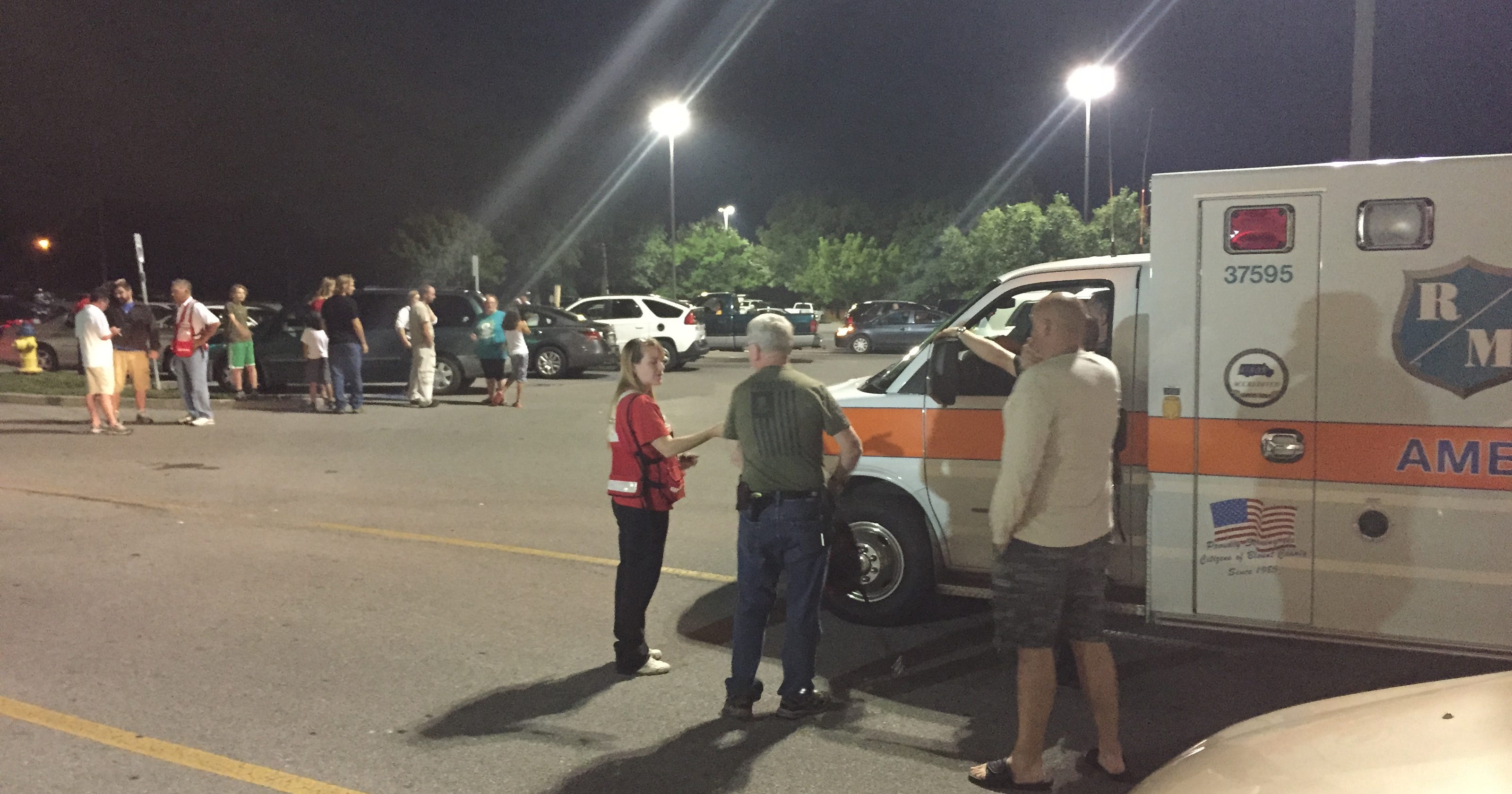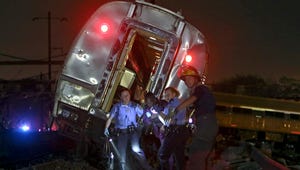Despite high-profile train derailments in Tennessee and Pennsylvania, railroads remain relatively safe transportation for people and freight, federal statistics show.
A derailment late Wednesday near Maryville, Tenn., of a CSX freight train carrying acrylonitrile, a hazardous material used to make plastics, rekindled attention in rail safety. So did the derailment May 12 of an Amtrak train in Philadelphia that killed eight people.
The number of freight-train accidents dropped nearly in half during the last decade, to 1,644 last year from 3,094 in 2005, according to Federal Railroad Administration statistics.
The number of derailments declined to 1,202 from 2,262 during that period, according to FRA.
Deaths and injuries dropped even more sharply than the accident rate. The number of deaths in those accidents fell to two last year from 19 in 2005, according to FRA. The number of injuries dropped to 47 from 443 during that period, according to FRA.
The number of hazardous materials releases fell to 15 last year from 39 in 2005, even as the number of cars carrying hazardous materials remained relatively stable, according to FRA.
Sarah Feinberg, FRA's acting administrator, said her agency will begin a thorough investigation of the Tennessee derailment as soon as the site is safe.
The crash forced the evacuation of everyone within two miles and the train continued to burn Thursday morning.
"FRA investigators and hazmat inspectors are on site," she said.
The National Transportation Safety Board is investigating the Amtrak crash, to determine why the train was traveling 106 mph through a 50 mph curve.
Freight and passenger railroads have spent billions of dollars in recent years to improve safety.
In 2008, Congress set a December 2015 deadline for trains to have automatic braking. Amtrak expects to meet the deadline, but the Association of American Railroads representing freight lines has said its members will complete installation by the end of 2018.
Freight railroads have spent more than $5 billion on the system involving high-tech equipment in locomotives and along tracks, with an expectation the total cost will be $9 billion.
Other strategies focus on education. Since 1972, a non-profit organization called Operation Lifesaver has provided safety-education programs nationwide, to reduce injuries and fatalities where tracks cross roads.
On Monday, the Association of American Railroads and Feinberg announced a partnership with Google to include 250,000 grade-level crossings on its electronic maps, in an effort to prevent collisions where tracks cross roads.
Grade-crossing collisions dropped 35% since 2000, "but too many collisions still occur and virtually all of them are preventable," said Edward Hamberger, the association's CEO. "As FRA statistics show, freight rail safety has been improving dramatically over the last several decades."

